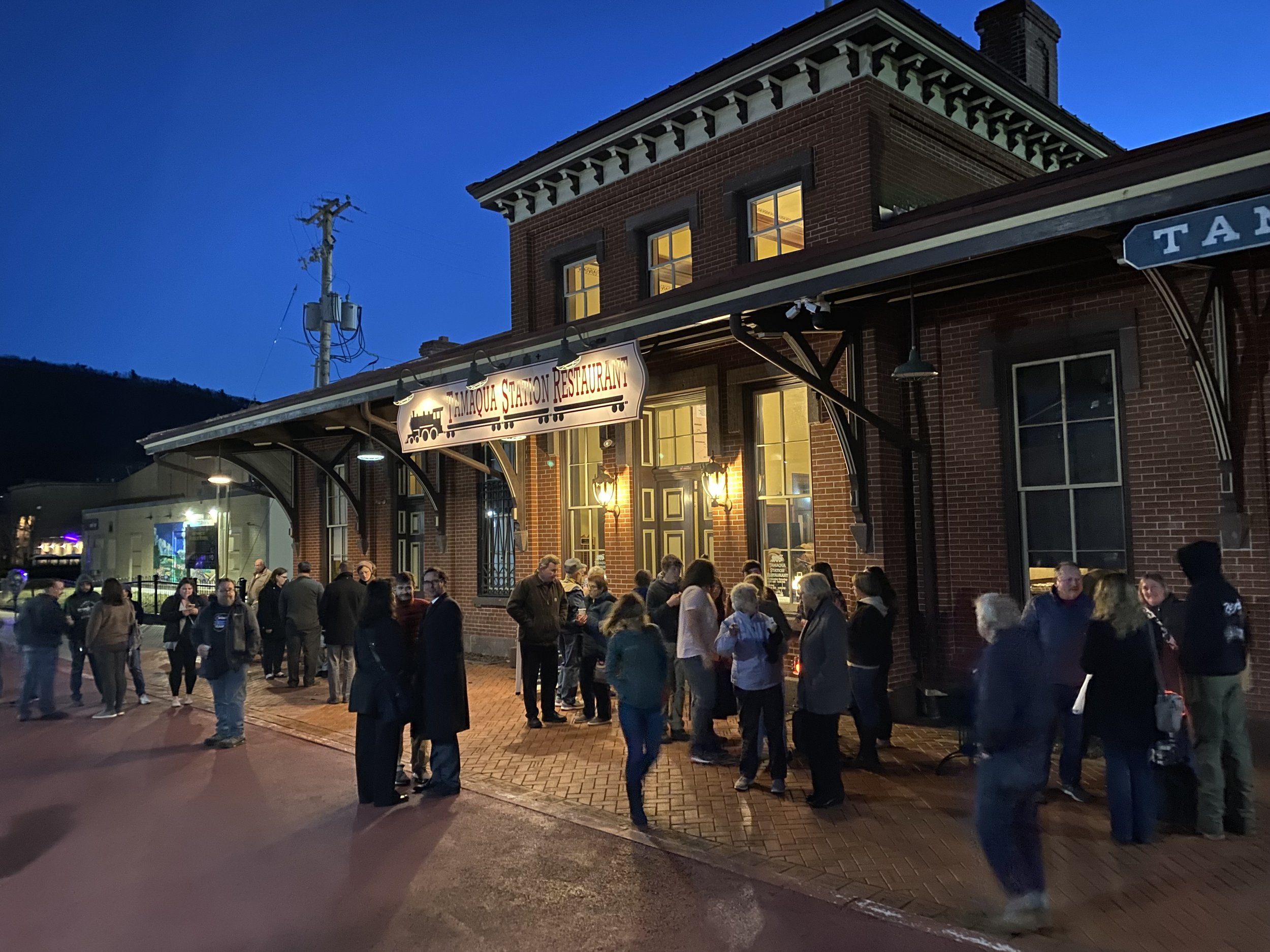Identifying and Assessing Assets of Cultural Sustainability
A Cultural Foundation for Sustainable Growth
What’s sustaining your community’s culture, and how is it being integrated into future planning? Our Assets of Cultural Sustainability service equips communities, governments, and organizations with the tools to recognize, gather, and evaluate the critical data needed to integrate cultural identity into sustainable development. By identifying, documenting, and assessing both tangible and intangible assets, communities can build on the cultural systems that support resilience, identity, and well-being.
Unlike traditional cultural asset mapping, which often focuses on preservation alone, this service takes a broader, future-facing approach. We work alongside community members to assess not only heritage landmarks and cultural traditions, but also the policies, practices, spaces, and social systems that allow culture to thrive, adapt, and remain relevant through change. This includes everything from public celebrations to informal networks, governance models to community media. By considering assets that support cultural innovation, adaptation, and resilience, communities can use cultural identity to create sustainable growth; marrying preservation with development.
Through this process, local values and knowledge shape custom indicators that reflect what cultural sustainability truly means in context. To complement this locally grounded data, we align findings with global frameworks—specifically the UNESCO Culture|2030 Indicators—to demonstrate how community-led cultural efforts contribute to achieving the UN Sustainable Development Goals (SDGs).
By the end of the process, you’ll have a clear, community-rooted understanding of your cultural landscape—knowing which assets are sustaining local identity, how they are performing, and how they can be leveraged to support long-term sustainability, strategic planning, and a powerful narrative of cultural resilience.
The Process:
→ Assemble Diverse Stakeholders and Community Members
Our process begins by bringing together a wide range of community stakeholders, including local leaders, residents, cultural organizations, and policymakers.
→ Inventory Cultural Sustainability Assets
Using customizable tools and workshops, communities identify and document both tangible and intangible assets of cultural sustainability, creating a comprehensive inventory that examines their role in sustaining cultural identity.→ Assess for Well-being
Community members develop tailored metrics to assess the health and vitality of assets, ensuring the process aligns with local values and priorities. These tailored metrics are then applied to each asset to evaluate its vitality, relevance, and risk.
→ Mapping to UNESCO’s 2030 Thematic Indicators for Culture
We map identified assets to UNESCO’s 2030 Thematic Indicators for Culture, aligning local heritage with a globally recognized framework for sustainable development.→ Strategic Recommendations for Cultural Sustainability
Based on assessment results, we discuss actionable strategies and recommendations for integrating assets of cultural sustainability into broader development plans to strengthen both cultural resilience and long-term project success.→ Ongoing Monitoring and Adaptation
Capacity building and tools created during the process can be used by community leaders for routine assessments, ensuring assets remain adaptive, used, and relevant as social, economic, and environmental conditions evolve.
Local Governments and Municipalities
Ensure equitable, long-term growth
Use data-driven cultural strategies
Align with SDGs and UNESCO goals
Ideal For
Cultural and Heritage Organizations
Strengthen stewardship through local participation
Use insights to inform exhibitions, education, and outreach
Bridge preservation with innovation
Community Groups and Local Leaders
Reclaim and sustain local identity
Build resilience through culture
Protect heritage while embracing change
Corporate Social Responsibility (CSR) Initiatives
Align business practices with cultural equity and inclusion
Strengthen social license
Demonstrate measurable impact aligned with SDGs
→ Sustain Cultural Identity
→ Make Informed, Culturally Responsive Decisions
→ Connect Local Efforts to Global Frameworks
→ Catalyze Economic Opportunities Through Culture
→ Foster Shared Ownership and Cultural Resilience
→ Enable Long-Term Monitoring and Adaptation
The Impact
“This process made us think about who we are and what’s important to us. Now we’re ready to act so future generations say ‘Hey, back in the day, these [assets} were at risk but someone stepped in and now they’re thriving.’”
- Micah Gursky, Executive Director Tamaqua Area Partnerships





